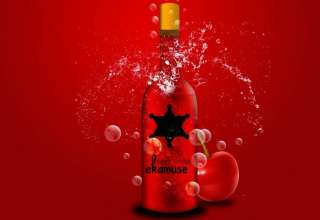From pinotage to chenin blanc, South Africa shows its wines can take their place among the best in the world. By Adam Lechmere
South Africa has had its biggest-ever haul of gold medals at the International Wine and Spirit Competition – cementing the republic’s position as one of the world’s most exciting wine producing countries.
Winners were announced at a Wines of South Africa event in London. IWSC Judges were delighted by the quality of the wines presented at the judging, which took place last month in Paarl, South Africa, and yielded 53 gold medals, including three gold outstandings.
Pinotage, that most singular of South African grapes, did particularly well, with six golds and a gold outstanding (Spier 21 Gables Pinotage 2014), 17 silver outstanding and more than 30 silvers.
“It was a very, very good three days,” panel chair Lindsay Oram told World Travel Guide. “Pinotage and Chenin Blanc did exceptionally well but there were some brilliant blends as well.”
Pinotage – a hybrid of pinot noir and cinsault (or cinsaut, as it can be spelt)– is South Africa’s signature red grape. It has a unique taste and importers have tended to consider it too unusual for the European palate.
It’s a dark, thick-skinned grape which gives inky-black juice. It’s a vigorous grower, and in the bad old days it would be overproduced, and over-extracted during fermentation, with the result that the wines’ distinctive smokey, tarry flavours often turn to burnt rubber or burnt tar aromas.
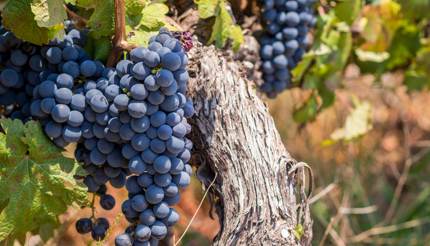
Some producers still pour scorn on pinotage. Andre van Rensburg, the renowned and pugnacious director of Vergelegen, can hardly bear to have it mentioned in his presence. “I won’t plant or make pinotage in your lifetime or mine,” he told Decanter magazine.
South Africa exports a lot of its production – some 15m litres a year – but it’s not widely understood, despite huge improvements over the last decade.
But, “These were serious wines,” Oram said of the pinotages on her panel. “And there were vintages going back to 2009, showing how well Pinotage can age.”
She singled out the Stellenbosch producer Kanonkop for particular praise. “We were all very enthusiastic about their wines. They were very well made – powerful but not clumsy, ripe but not jammy, concentrated with layers of complexity.”
Chenin blanc, South Africa’s most-planted white variety also did well, with three golds and a gold outstanding (Nederburg Private Bin Edelkeur 2013 late harvest), 13 silver outstanding and over 40 silvers. “It’s a superb variety,” said another judge, Kristina Beuthner, principal educator at the Cape Wine Academy. “The chenin being produced nowadays is meticulous, uplifted.”
The two critics pointed out how South African winemaking is “coming of age” (both used that phrase). The wines that are aimed at the world stage, they are more elegant, and there is “deft use of oak”.
“We need to grasp the nettle and say how good the wine is,” Oram said. “For too long we’ve been hiding our light under a bushel – we’ve always had the view that South African wine is cheap.”
Beuthner agreed, noting that South Africa is the eighth-largest wine producer in the world (after Italy, France, Spain, USA, Australia, China and Chile). “We now need to be careful how we portray our wines. Our Cabernet Sauvignon is incredibly reliable and a hell of a good buy, for example. We need to be more on it. Show what we can do.”
IWSC Winners - top pinotage and chenin blanc
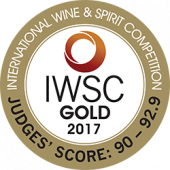
Kanonkop Black Label Pinotage 2013

Kanonkop Pinotage 2009

Vineyard Selection Pinotage 2015

Windmeul Pinotage Reserve 2015
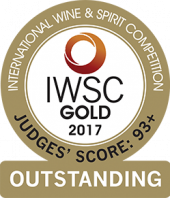
Spier 21 Gables Pinotage 2014

Carpe Diem Pinotage 2015

Zonnebloem Pinotage 2015

Nederburg Private Bin Edelkeur 2012

The Dry Land Collection Longevity Natural Sweet Chenin Blanc 2016

Stellenrust 52 Barrel fermented Chenin Blanc (Stellenbosch Manor) 2016

Stellenrust Old Bushvine Chenin blanc 2016

Nederburg Private Bin Edelkeur 2013
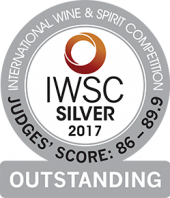
Bergsig Chenin Blanc Reserve 2015

DeMorgenzon Reserve Chenin Blanc 2016

Fleur Du Cap Unfiltered Chenin Blanc 2016

Nederburg Private Bin Edelkeur 2005

Nederburg Heritage Heroes The Anchorman Chenin Blanc 2016

The Forrester Meinert Chenin 2015

KWV The Mentors Chenin Blanc 2015

Morrison’s The Best Chenin Blanc 2016

Simonsig Chenin Avec Chne 2016

Spier 21 Gables Chenin Blanc 2015

Stellenrust Chenin Blanc (Stellenbosch Manor) 2017




